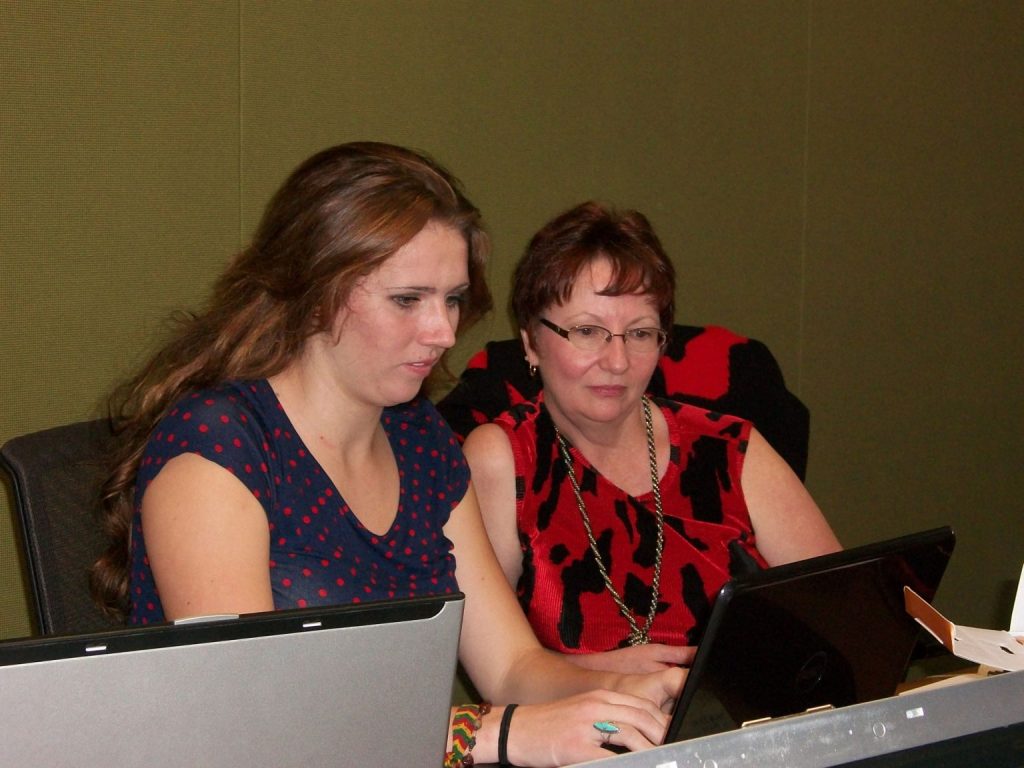USU Eastern student participates in disaster simulation in Logan
The suicide of a mayor’s son, a student’s wild ride on a broom while dressed as a witch, and rumors of a zombie cow disease: these and other simulated stories greeted USU students participating in a crisis communication exercise on Halloween. Organized by Professor Matthew LaPlante of the Department of Journalism and Communication at Utah State University, the exercise brought together more than 50 JCOM students and volunteers from across the university.

The suicide of a mayor’s son, a student’s wild ride on a broom while dressed as a witch, and rumors of a zombie cow disease: these and other simulated stories greeted USU students participating in a crisis communication exercise on Halloween. Organized by Professor Matthew LaPlante of the Department of Journalism and Communication at Utah State University, the exercise brought together more than 50 JCOM students and volunteers from across the university.
Modeled after a counterterrorism exercise run by the University of Utah’s law school, CommStrong 2012 offered an opportunity for students to test their classroom learned knowledge in a scenario designed to mimic a real life day as a media professional. The students were broken up into several teams by discipline: Radio students worked for Mountain West Public Radio, television students for KAGG-TV, print journalists for “The Logan Ledger”, and public relations students for a fictional PR firm or a regional agricultural control board.
USU Eastern student Abra Bradfield joined four Logan students on the Mountain West Public Radio team. She described it as, “A really great experience. I’m really glad that I went and participated.” As a first year radio student, it was a great opportunity for her to, as described by Eastern Professor Troy Hunt, “be thrown to the wolves. Since we don’t currently have a news team on The Edge, an opportunity like this one presents students with a great challenge.”
Students were put through the pressure cooker that is common in a news crisis. Hunt said, “It is not unusual in a day full of news to receive phone calls and emails from people with agendas who wish to shape the news to their own ends. The challenge of clarifying what is fact versus the red herrings and outright lies fed to a news group during a crisis is difficult to deal with. LaPlante and his team did a great job of creating a complex and believable scenario for students to work through.”
Not only were students challenged by the news of the day, but also in solving technical problems. “While we provided the radio students with most of what they needed, recording of phone calls became a problem that wasn’t anticipated. The students had to figure out how to use their individual cell phones and adapt to using the equipment at hand. They handled it like troopers!” said Hunt.
CommStrong is intended to be an annual event. Hunt plans to continue taking students to be involved in the event in future academic years.




